 When many people think of Queen Elizabeth, we picture the stately, stiff-backed queen richly garbed in jewels. All paintings during Tudor times were produced as propaganda to demonstrate the monarchy’s absolute strength and wealth. Elizabeth’s image was no more than a public service announcement that the queen was healthy and still in charge. With so much of the people’s faith riding on a simple painting, Elizabeth was extremely careful about how she was depicted. She commissioned very few artists to paint her portrait and used those selected works as the master for all artists to copy. I have written more information about Elizabeth in portraiture here.
When many people think of Queen Elizabeth, we picture the stately, stiff-backed queen richly garbed in jewels. All paintings during Tudor times were produced as propaganda to demonstrate the monarchy’s absolute strength and wealth. Elizabeth’s image was no more than a public service announcement that the queen was healthy and still in charge. With so much of the people’s faith riding on a simple painting, Elizabeth was extremely careful about how she was depicted. She commissioned very few artists to paint her portrait and used those selected works as the master for all artists to copy. I have written more information about Elizabeth in portraiture here. A couple of years ago, I saw the famous “Darnley Portrait” at the National Portrait Gallery. I was a little disappointed. Not because it is not a stunning painting. It truly is unique because it is one of the more lifelike images of Elizabeth. But I had thought that when I saw the painting up close, Elizabeth’s haughty and regal gaze would reveal some clues as to the woman behind the painting. Elizabeth’s disapproving expression just made me feel like I had stolen an old lady’s purse. What was Elizabeth really like? Her painting tells no secrets.
A couple of years ago, I saw the famous “Darnley Portrait” at the National Portrait Gallery. I was a little disappointed. Not because it is not a stunning painting. It truly is unique because it is one of the more lifelike images of Elizabeth. But I had thought that when I saw the painting up close, Elizabeth’s haughty and regal gaze would reveal some clues as to the woman behind the painting. Elizabeth’s disapproving expression just made me feel like I had stolen an old lady’s purse. What was Elizabeth really like? Her painting tells no secrets. Paintings of Elizabeth before her accessions in 1558 have always fascinated me much more than the carbon copies of the ageless Virgin Queen. There are only two paintings that historians can say for certain depict Elizabeth as a teenager. One shown here to the left shows Elizabeth in a rose damask gown and portrays a far more uncertain woman. This painting was probably produced around 1546 by the court painter William Scrots.
Paintings of Elizabeth before her accessions in 1558 have always fascinated me much more than the carbon copies of the ageless Virgin Queen. There are only two paintings that historians can say for certain depict Elizabeth as a teenager. One shown here to the left shows Elizabeth in a rose damask gown and portrays a far more uncertain woman. This painting was probably produced around 1546 by the court painter William Scrots. The other painting depicts Elizabeth around the age of ten in a family group and was produced around 1544-5 by an unknown artist. A close-up of the painting can be viewed at Marilee Cody’s site.
The other painting depicts Elizabeth around the age of ten in a family group and was produced around 1544-5 by an unknown artist. A close-up of the painting can be viewed at Marilee Cody’s site.  Recently another painting depicting a young Elizabeth was discovered at Boughton House and is believed to be a copy of a lost original. The painting shows Henry VIII, his fool Will Somers, Henry’s son Edward VI, Mary I, and to the far right Elizabeth. This painting is such a significant find because it suggests that other paintings of unknown women are also Elizabeth. A portrait at Syon House was once believed to be Lady Jane Grey before Sir Roy Strong identified it as Elizabeth in 1969. This new discovery confirms Strong’s assessment of the sitter. She wears the same somber protestant dress with high collar and the hairstyle and black cap are remarkably similar. The heavy lidded eyes and prominent nose clearly resemble Elizabeth’s coronation painting.
Recently another painting depicting a young Elizabeth was discovered at Boughton House and is believed to be a copy of a lost original. The painting shows Henry VIII, his fool Will Somers, Henry’s son Edward VI, Mary I, and to the far right Elizabeth. This painting is such a significant find because it suggests that other paintings of unknown women are also Elizabeth. A portrait at Syon House was once believed to be Lady Jane Grey before Sir Roy Strong identified it as Elizabeth in 1969. This new discovery confirms Strong’s assessment of the sitter. She wears the same somber protestant dress with high collar and the hairstyle and black cap are remarkably similar. The heavy lidded eyes and prominent nose clearly resemble Elizabeth’s coronation painting.A comparison of the paintings side by side

If you like to learn more about this lost portrait then listen to Alison Weir on the BBC podcast.

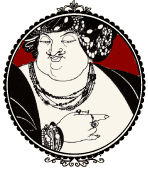

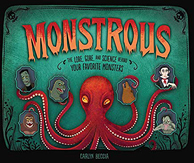
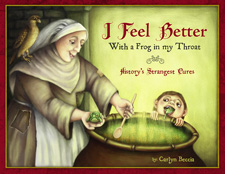
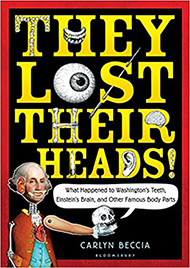


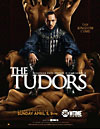

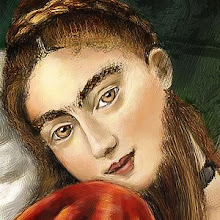

2 comments:
Oh my gosh. Your blog is the best thing ever, and I am running to buy your book as soon as possible! I just ended up at your website after seeing your link to it on the TudorHistory blog.... Please update your blog frequently; it's hilarious!
Another fabulous post. I had never seen several of the portraits that you posted before. Thanks!
Post a Comment